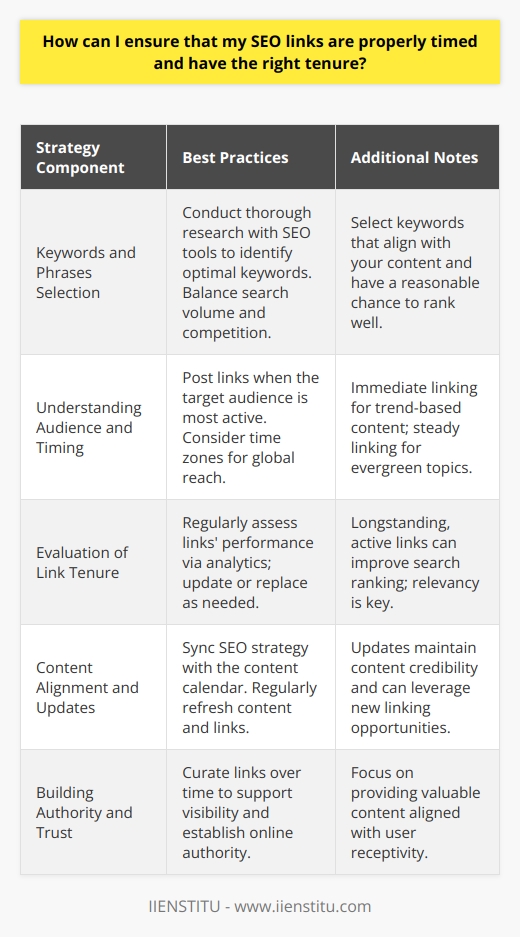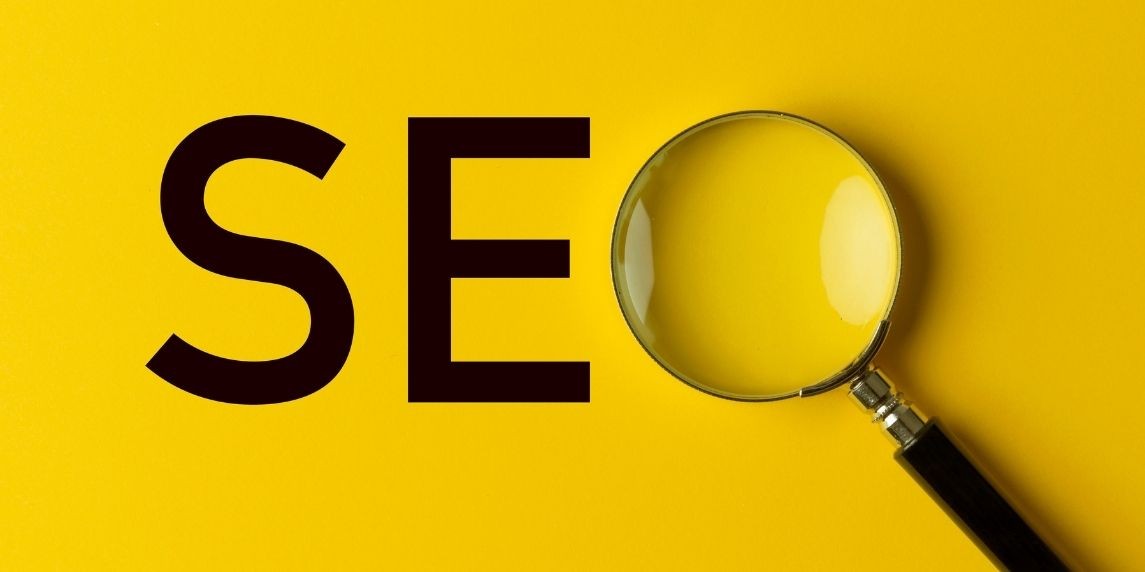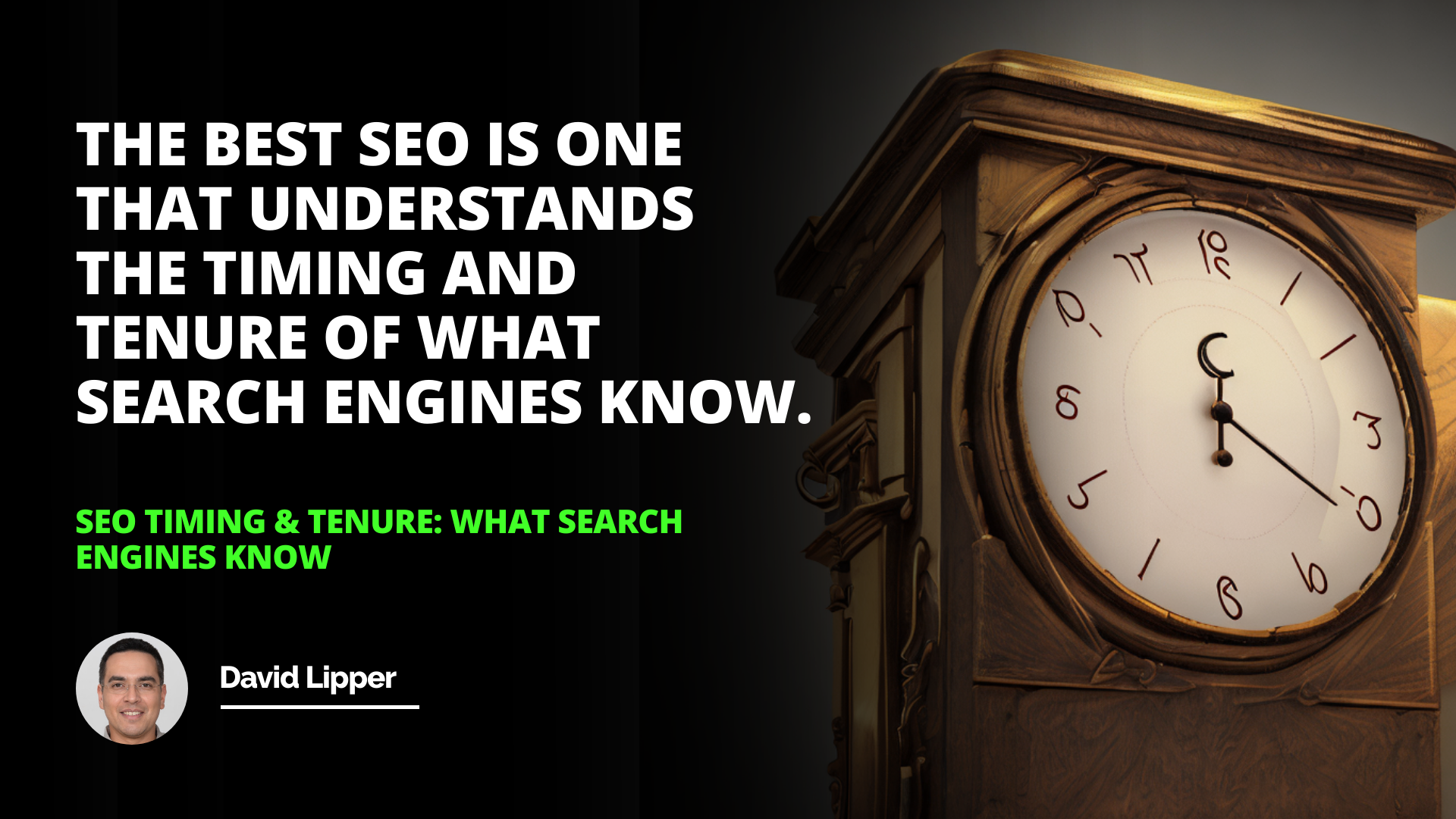
This article examines the ways in which search engines track links, including when a link first appears, when it disappears, how long it has existed, and how quickly it was added.
It explains how this data can be used to determine the strength of a link and identify any potential issues with the connection. By understanding how search engines track links, website owners can improve the performance of their websites and ensure that their relationships followed are being tracked correctly.
Introduction
What Search Engines Know
When Did the Link First Appear?
When Did the Link Disappear?
How Long Has the Link Existed?
Introduction: Search engines have the ability to store detailed records on linking relationships between websites, as well as information pertaining to domain names, IP addresses, sites, pages, and URLs. When it comes to connecting relationships, search engines generally store data on when a link first appeared, when it disappeared, how long it has existed, and how quickly it was added. This article will explore these four aspects of search engine link tracking, and how they can be used to improve the performance of a website.
What Search Engines Know
Search engines store a variety of website performance relationships, including when a link first appeared, when it disappeared, how long it has existed, and how quickly it was added. This data can be used to determine the strength of a link's strength and identify any potential issues with the connection. For example, a link's power and link disappear shortly after a website makes significant changes; search engines may interpret this as a negative signal.
When Did the Link First Appear?
When a link first appears, search engines will store the date and time of the association and an analysis of other changes in the index. For example, this allows search engines to determine if the link was added shortly after an article was published in a major publication, or if it was added in response to changes made to the website.
When Did the Link Disappear?
When a link disappears, search engines will store the date and time of the disappearance. This data can be used to determine if the link was removed due to routine retirement, such as when blog posts move from the home page to an archive page after a certain period of time, or if it was removed due to a disagreement with changes made to the website.
How Long Has the Link Existed?
Search engines can use the data stored regarding when a link first appeared and when it disappeared to determine how long it has existed. In addition, this data can be used to assess the association's strength and identify any potential issues with the link.
How Quickly Were the Links Added?
Search engines can also use the data stored regarding when a link first appeared and when it disappeared to determine how quickly the link was added. This data can be used to assess the association's strength and identify any potential issues with the connection.
Conclusion: Search engines store a variety of data related to linking relationships, including when a link first appeared, when it disappeared, how long it has existed, and how quickly it was added. This data can be used to determine the strength of a link, as well as the strength and any potential issues with the connection. By understanding how search engines track links, website owners can improve the performance of their websites and ensure that their relationships are being followed correctly.
The best SEO is one that understands the timing and tenure of what search engines know.
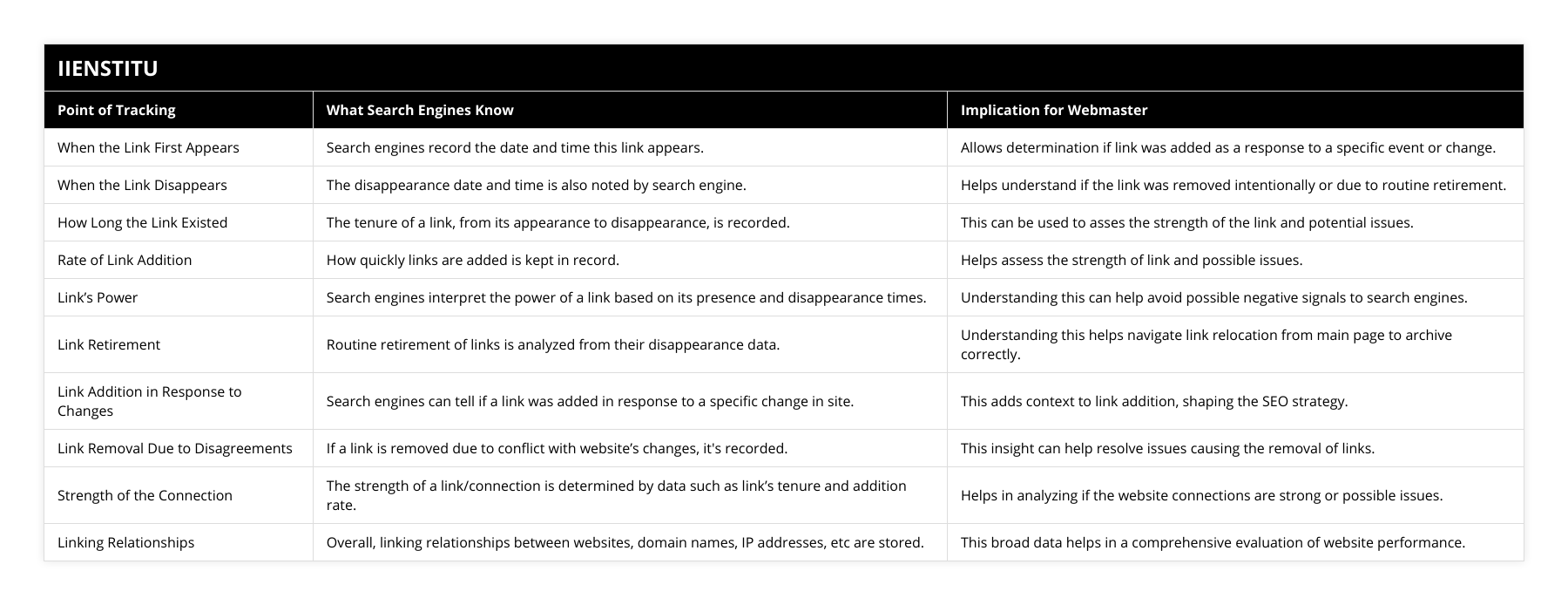
Frequently Asked Questions
How does SEO timing and tenure affect search engine rankings?
Search engine optimization (SEO) is an essential component of digital marketing that helps businesses of all sizes rank higher on search engine results pages. However, the timing and tenure of SEO efforts can significantly impact search engine rankings. This article explores the effect of SEO timing and assignment on search engine rankings, providing an understanding of the importance of both concepts for achieving positive results.
SEO timing refers to when a business begins its SEO efforts. Starting SEO campaigns early can give companies a head start in search engine rankings. This is because search engine algorithms take time to index and rank websites, and businesses that begin their SEO efforts sooner are more likely to rise in the rankings faster than those that start later. Additionally, SEO efforts implemented over a more extended period are more likely to be successful than those done in a shorter time frame.
The tenure of SEO efforts is also essential for search engine rankings. The term refers to the length of time that SEO efforts are maintained. SEO campaigns that are held over a more extended period have a better chance of achieving higher rankings than campaigns that are stopped after a short period. This is because search engine algorithms are constantly evolving. SEO campaigns maintained over a more extended period have a better chance of staying up-to-date with the latest algorithm changes. Additionally, businesses that support their SEO efforts over a more extended period are more likely to achieve more consistent results than those that stop their campaigns after a short period.
In conclusion, SEO timing and tenure are critical factors affecting search engine rankings. Starting SEO campaigns early and maintaining them over a more extended period can give businesses a competitive edge in the race for top search engine rankings. In addition, companies can better understand how to optimize their campaigns for success by understanding the importance of SEO timing and tenure.
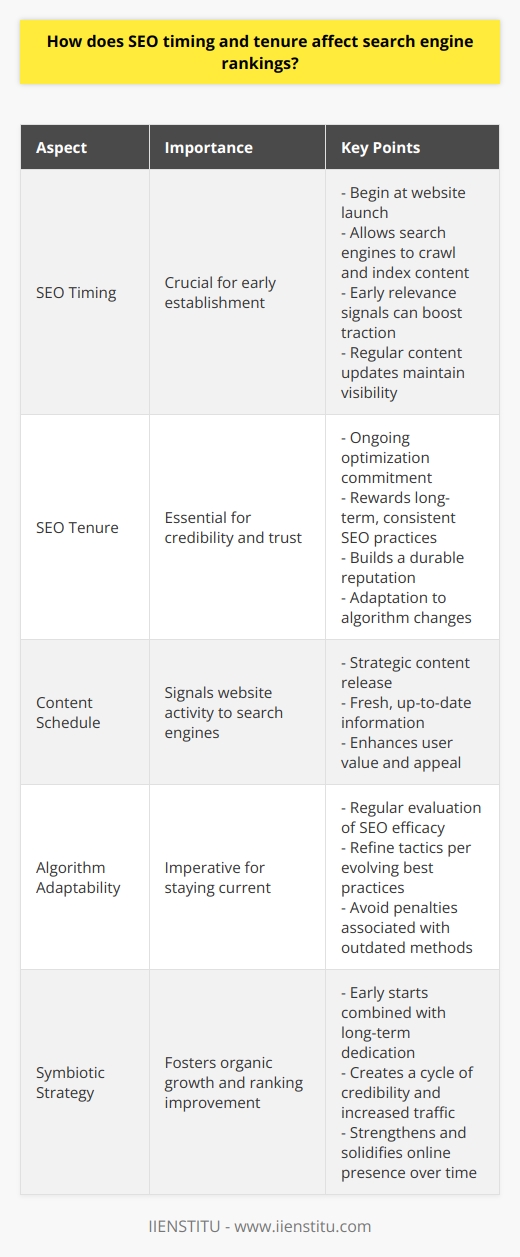
What factors should be considered when determining the timing and tenure of SEO links?
An effective SEO (Search Engine Optimization) strategy requires careful consideration of the timing and length of links. Knowing when and how long to link to a website or page is integral to a successful SEO campaign. It can influence the website's visibility on search engine result pages and, ultimately, its success.
The timing of links should be based on the website's goals and the target audience. For instance, if the website targets an audience in a different time zone, links should be published when the target audience is most likely to be actively searching. Additionally, links should be posted at various times throughout the day, as search engine algorithms may detect a pattern and penalize the website for doing so.
The tenure of SEO links is also an essential factor. Generally, SEO links should be kept active for as long as possible, as this can help increase the website's visibility on search engine result pages. However, if the website targets a specific audience, the links should be more dynamic and correspond to that audience's interests. Additionally, the website should regularly update its links to ensure they remain relevant to the target audience.
In summary, the timing and tenure of SEO links should be carefully considered when planning an SEO strategy. The timing of links should be based on the goals of the website and the target audience, while the target audience's relevance and interests should determine the links' length. By carefully considering these factors, a website can increase its visibility on search engine result pages and maximize its success.

How can I ensure that my SEO links are properly timed and have the right tenure?
Search engine optimization (SEO) is integral to any successful website. It involves optimizing content, links, and other elements for better visibility on search engine results pages (SERPs). A well-timed and properly placed SEO link can help boost a website's visibility and drive more traffic. However, there are a few key steps to consider to ensure that SEO links are appropriately timed and have a suitable tenure.
First, selecting the right keywords and phrases to target is essential to maximize the link's success. Researching the most popular and relevant search terms and phrases will help ensure that the right people see the connection. It is also essential to consider the competition when selecting keywords and phrases.
Once the right keywords and phrases have been chosen, it is essential to determine the best time to post the link. This will depend on the website's audience, as well as the website's publishing schedule. For example, if the website focuses on timely topics and is frequently updated, it is likely best to post the link immediately after the content is published. On the other hand, if the website's topics are more evergreen, the connection can be posted at any time.
Finally, it is essential to consider the tenure of the link. Generally, the longer a link stays live on a website, the more likely it is to be seen and clicked by potential visitors. Therefore, it is essential to ensure that the link is not removed too soon, as this could limit its effectiveness. However, ensuring that the connection is not left up for too long is essential, as this could become outdated or irrelevant.
By taking the time to research keywords and phrases, determine the best time to post the link, and consider its tenure; website owners can ensure that their SEO links are timed and have the relevant term. This will help maximize the website's visibility and drive more traffic to it.
